Alexander the Gay
“326 BCE – Gay/bisexual military leader Alexander the Great completes conquest of most of the then known Western world, converting millions of people to Hellenistic culture and launching the Hellenistic Age.”
I found this on a gay timeline someone sent me, and it caused me to wonder.
No doubt Alexander managed to conquer most of the known world in record time (and he couldn't have done it if he didn't exert a special charisma over his male army), and he apparently did enjoy a close relationship with his friend, general, and bodyguard Hephaisteon.
Apparently his grief when Hephaisteon died was boundless, and the writer Aelion compared it to the grief of Achilles upon the death of Patroclus (another male couple whose relationship has been interpreted as sexual).

But, here's the rub. Gay sex or no gay sex, Alexander married twice: Roxana , daughter of the Bactrian nobleman Oxyartes, out of love; and Stateira II, a Persian princess and daughter of Darius III of Persia, for political reasons.
He apparently produced two sons, Alexander IV of Macedon of Roxana and, possibly, Heracles of Macedon from his mistress Barsine. He lost another child when Roxana miscarried at Babylon.
He also kept a harem, Persian-style, perhaps more for show. He was more concerned with consolidating his newly vast power base. But it was part of the culture, a culture where a conqueror was entitled to the women previously owned by the conquered king.
The parallel with Achilles exists, even though Achilles dates from a much earlier period. Achilles wanted Briseis, a captured woman, as concubine. He couldn't have her, because she was the pick of Achilles' superior, the general Agamemnon. Achilles, insulted by this affront to his status (and he may have actually fallen in love with Briseis, but that's unclear), decided to sit out the war sulking in his tent (with his “friend” Patroclus). Yet, par for the course, women were deemed property, essentially child-producing livestock.
It's interesting that in the case of Alexander, there is mention of a love relationship with one of his wives. Why? It seems that the deeper emotional (not necessarily sexual) relationships in Greek culture in the period before Alexander were male on male, especially in both Athens, where married women were confined to the home (at least in aristocratic circles), and Sparta, where the sexes were rigidly kept separate because of its birth to death military culture. Sanctioned female-male relationships in both cultures were directed toward one end: procreation.
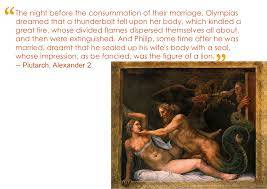 And to add a possibly Freudian twist to Alexander's relationships with both men and women, his mother, the formidable Olympias, insisted her son was the son of the king of the gods, Zeus, not her husband. Olympias later ordered Eurydice and her child by Philip II to be murdered, in order to secure Alexander's position as king of Macedonia. She did not get along with her husband, Philip of Macedon, Alexander's father, and supposedly had him murdered. That is one Greek woman who managed to wield power, but only by denying that her connection to it was via a man.
And to add a possibly Freudian twist to Alexander's relationships with both men and women, his mother, the formidable Olympias, insisted her son was the son of the king of the gods, Zeus, not her husband. Olympias later ordered Eurydice and her child by Philip II to be murdered, in order to secure Alexander's position as king of Macedonia. She did not get along with her husband, Philip of Macedon, Alexander's father, and supposedly had him murdered. That is one Greek woman who managed to wield power, but only by denying that her connection to it was via a man.
Alexander may not have been totally gay in the sense we know it (perhaps more bisexual), but he seemed to understand the fraught relationship between sexuality and power, and in his case, his intense emotional reaction to the death of his beloved Hephaisteon may have contributed to his early death.
You can't conquer the world like Alexander did if you are guided not only what makes you hard, but the feelings that produce and enhance that sensation.


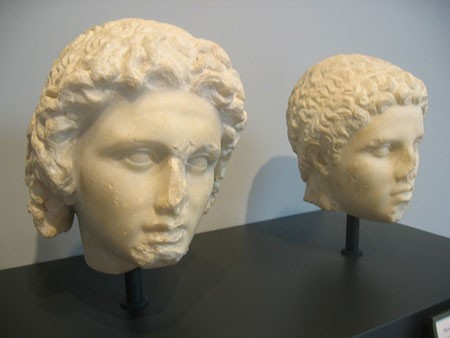


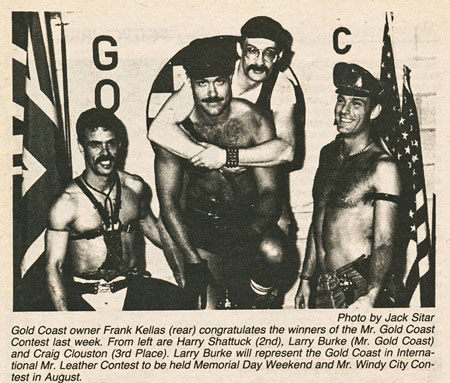

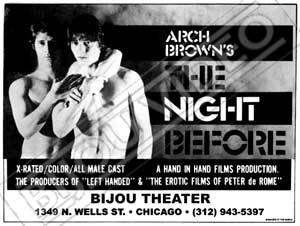

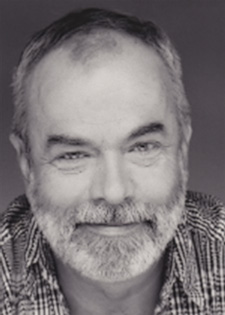
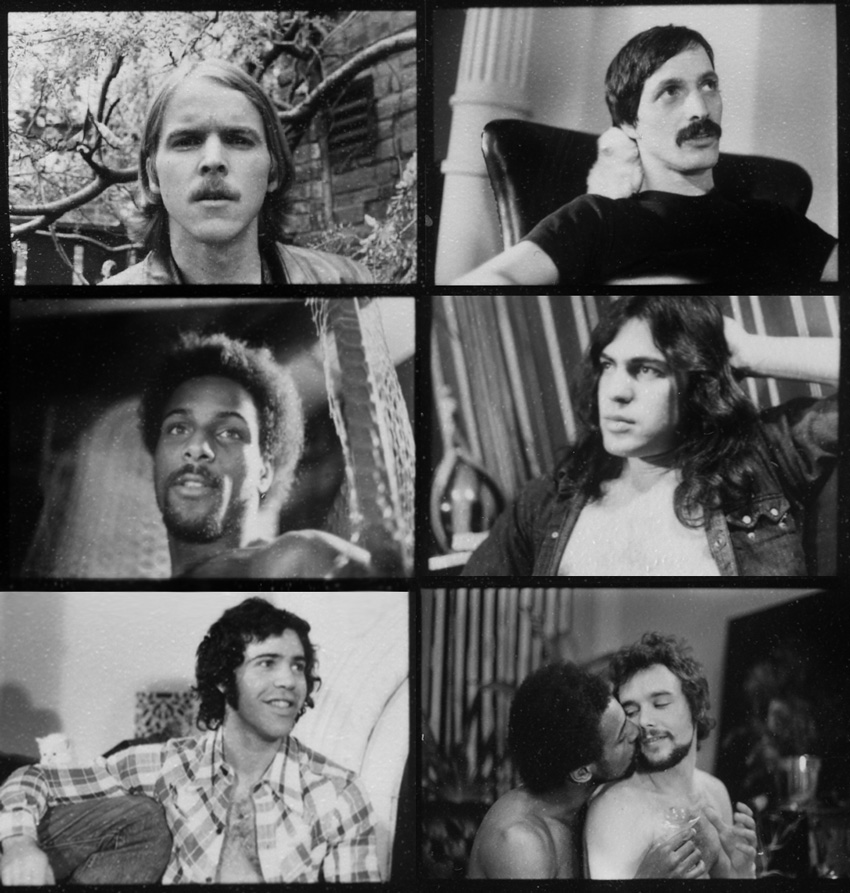

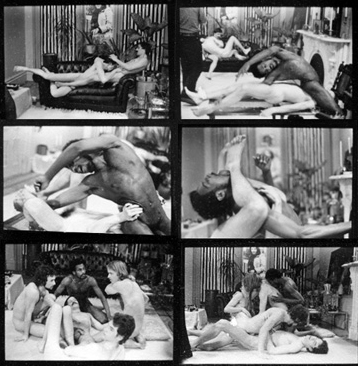


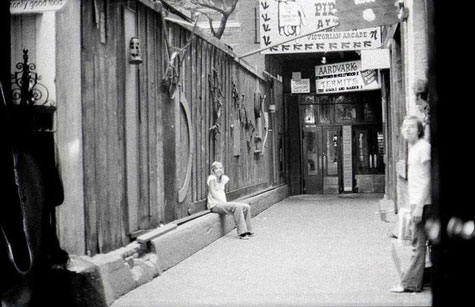
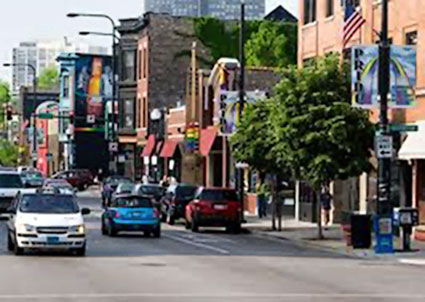
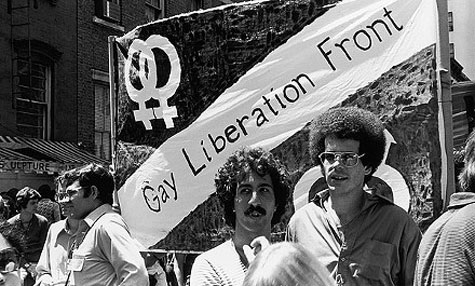
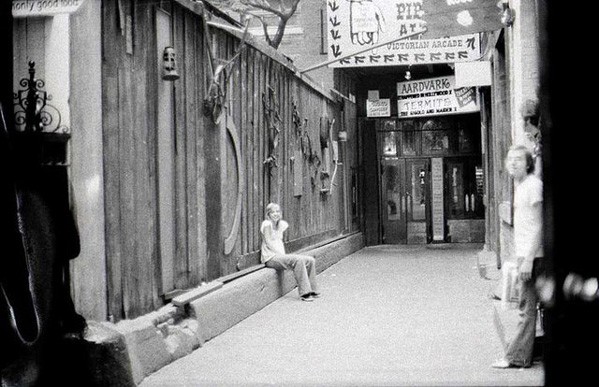
 Join our Email List
Join our Email List Like Us on Facebook
Like Us on Facebook Instagram
Instagram Youtube
Youtube Follow Us on Twitter
Follow Us on Twitter Follow us on Pinterest
Follow us on Pinterest